As LGBT advocates continue to press their agenda forward, they rightly look back at the past to learn what works. While some view "the past" as meaning the start of the Obama administration, understanding the true, long-game strategy that was necessary to secure our advances in recent years is critical to building on those gains, both for LGBT issues and other kinds of progress.
Fortunately, some insight can be gained from a newly published academic volume that takes a deep look at the political history of "don't ask, don't tell" (DADT). The volume, a special issue of the Journal of Homosexuality, includes an article I wrote describing what I call "research advocacy"--the use of data and other evidence to gain visibility, credibility and action on LGBT issues. It was part of a twenty-year reframing campaign that LGBT advocates successfully used to make repeal of the military's ban on openly gay service politically palatable once a friendly president and winnable Congress took power in 2009.
The 1990s delivered several disappointments to LGBT advocates. Not only did giddy efforts to end the Pentagon's gay ban outright produce DADT instead of equal treatment, but a Hawaii court case striking down discrimination in marriage yielded the Defense of Marriage Act three years later, and prompted a cascade of state marriage bans. A federal job protection bill went nowhere. Anti-LGBT violence plagued the community, and the demeaning, anti-gay myths of the religious right--that gay people were a threat to all that was good and decent in America--seemed ascendant.
The silver lining was that LGBT advocates, backed by increasing financial and strategic commitments by funders with names like Gill and Stryker and Bohnett, wised up to how to win the hearts and minds of the American people. Elsewhere I've described how broadening our rhetoric from a focus on "rights" and "benefits" to a concern with the larger common good helped advance marriage equality. But even before this shift in the marriage battle, groups like Servicemembers Legal Defense Network (SLDN) and the Palm Center (where I worked until 2010) began deploying this approach, working to earn the attention and respect of the military community and some of their conservative allies.
At Palm center, we theorized that focusing on the rights or treatment of gay service members did not resonate with those whose support we most needed to effect change. Appealing to this group of moderates and even conservatives meant focusing on the good of the military instead of gay people. It meant undercutting assertions that the ban on openly gay service was necessary to protect unit cohesion and hence national security. And it required not only a defensive message--that the ban wasn't necessary--but a proactive message--that the ban was actually harming national security. After all, those who supported the gay ban tended to prioritize national security over fairness for gay people; and these folks would likely continue to support the ban so long as they believed that ending it would mean putting gay rights above national security. The falseness of this trade-off did little to temper their insistence that LGBT equality was too risky to allow.
What was needed, then, was to create a message that would gain traction through continuous visibility (since cultural change occurs over time) and growing credibility to those skeptical of liberal messengers. The 9/11 attacks, as tragedies often do, presented an opportunity. With national security on everyone's minds, the right wing message that LGBT equality threatened our safety was ripe for scrutiny. And when these assertions were measured against empirical evidence--from foreign militaries, from group cohesion studies, from the history of racial and gender integration, from polling data about changing attitudes of U.S. service members, and more--the right wing claims revealed themselves as mere scare tactics. What's more, we found that not only did the presence of known gays not threaten cohesion or readiness, but the ban itself did, by wasting talent, upending cohesive units by removing valuable members and creating a climate of fear, dishonesty and suspicion.
Palm's strategy to gain visibility, credibility and action involved three deceptively simple prongs: research, media, repetition. (For more on this see this book review in the special volume mentioned above.) The idea was to change minds using hard data that served as news pegs for media coverage, slowly chipping away at popular but ungrounded beliefs in the danger of gay equality--and eventually force repeal onto the political agenda.
To achieve this, we produced academic research on the empirical and likely effects of openly gay service, and rolled out the results with a major media campaign every few months. Where possible, we used military voices as validators. While the message was the same--that discrimination, not gay people, harms military readiness--it would be hard to generate the constant drumbeat of media coverage that was necessary to change minds over time unless we offered credible voices and a fresh news hook each time. Hence the ongoing barrage of new studies--their real value-added was in message delivery, but they had the added benefit of providing hard facts and resonant stories about something that usually generated more heat than light.
Several research campaigns deserve mention. Shortly after Palm was founded in 2000, it released a slew of studies showing what happened in foreign countries that lifted their gay bans--nothing. Repeal advocates cited this research continuously when arguing the U.S. ban was unnecessary, and eventually even military officials began to cite the results.
The post-9/11 focus on national security allowed us to continue to reframe gays in the military as a matter of military readiness rather than fairness or gay rights. In 2002, drawing on reports compiled by SLDN, I broke the story of the Army firing of gay Arabic speakers. We continuously fed the media data showing the number of linguists being fired, generating ongoing outrage even by moderates and conservatives, who embrace basic meritocracy whatever their views on homosexuality. "Military Dumb in Any Language," editorialized one small-town, southern newspaper, illustrating the resonance of this frame even in red states. We also released data showing the military's lowering of standards to admit ex-convicts and others considered high risk recruits, while continuing to ban capable gay troops. DADT had come to epitomize irrational public policy.
Other research groups added to the mix. The Williams Institute at UCLA published statistical estimates of the number of LGB service members, as well as estimates of how many additional recruits might sign up if the ban were lifted. A Blue Ribbon Commission assembled by Palm published a report on the financial costs of enforcing the ban. A bipartisan group of retired flag officers, also put together by Palm, authored a thorough report published by the military's Air University Press that found there was no basis for the ban and recommended lifting it. When the Pentagon formed its own research group to study repeal in 2010, sources there said they relied heavily on Palm research.
Once we produced the research, it was critical to deploy it effectively. In 2006, Palm helped set up a meeting of gay troops with Gen. John Shalikashvili, former Chairman of the Joint Chiefs of Staff. Attendees shared their experiences and expertise, and helped change the general's position to support repeal of the ban. Palm encouraged him to write a New York Times op-ed explaining his reversal, in which he cited the meetings and the research he'd reviewed. The piece became one of the most effective talking points in the repeal campaign, just one example of how we put relevant facts into the hands of effective validators.
By 2009, when Obama took office with a Democratic majority in Congress, LGBT research advocacy had made tremendous gains. Public support for repeal had doubled since 1993. Support among conservatives,
Republicans, even military members had mushroomed. President Obama campaigned on lifting the ban, using messages of both fairness and military effectiveness. Repeatedly he said the policy "weakens our national security."
In 2010, as Congress weighed whether to vote the ban down, a federal court case brought by Log Cabin Republicans hastened action. When the court struck down the policy and ordered a worldwide injunction against enforcing it, Defense Secretary Robert Gates, worried about losing control of the process, finally threw his support behind a plan to end it. Revealing just how critical a role research advocacy had played in the process, lawyers for the plaintiffs said they relied on Palm research as the blueprint for their case, and asked Palm scholars to serve as expert witnesses. Indeed the court's decision was a near-verbatim list of years of research points disseminated by Palm and others in the lead-up to the national debate.
Research, of course, doesn't change minds, or secure votes, on its own. Facts are necessary but not sufficient. Dedicated advocates, including bloggers, protestors, strategists, lobbyists, politicians and funders took the facts and ran with them, ultimately convincing Congress to do the right thing. And in December 2010, President Obama delivered on his campaign promise, signing repeal into law.
But the world likely wouldn't have seen this moment without the research and messaging efforts that comprised the long-game strategy to win repeal. As advocates look to the battles ahead, this understanding of the role of history can only help in their efforts to create a ripe climate for sound and humane policy.
NATHANIEL FRANK, author of Unfriendly Fire, is a visiting scholar at Columbia's Center for Gender and Sexuality Law. A frequent contributor to Slate, he is currently writing a book called The Anti-Gay Mind.








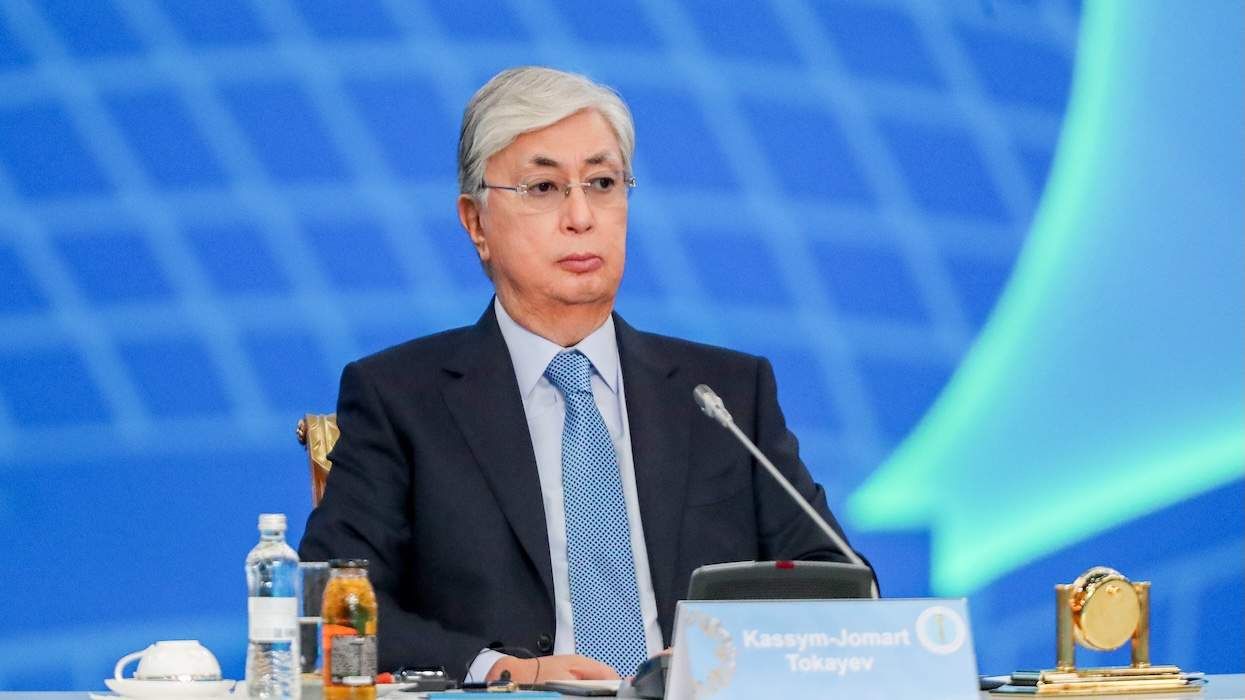








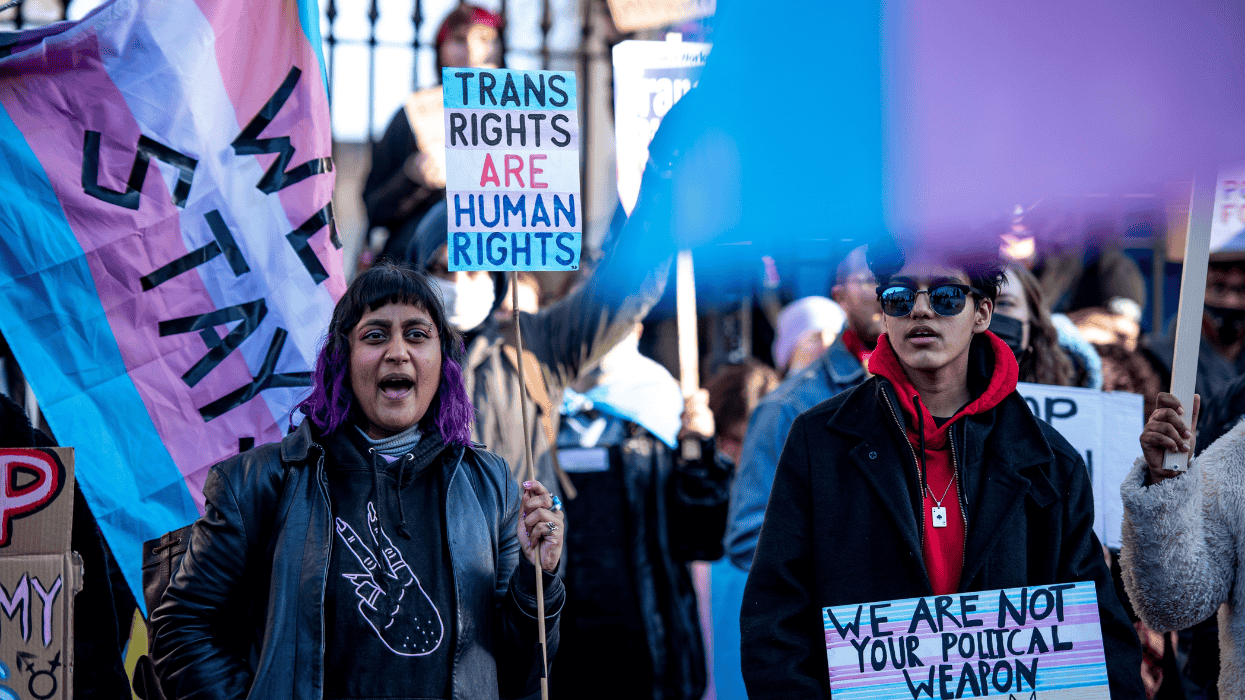
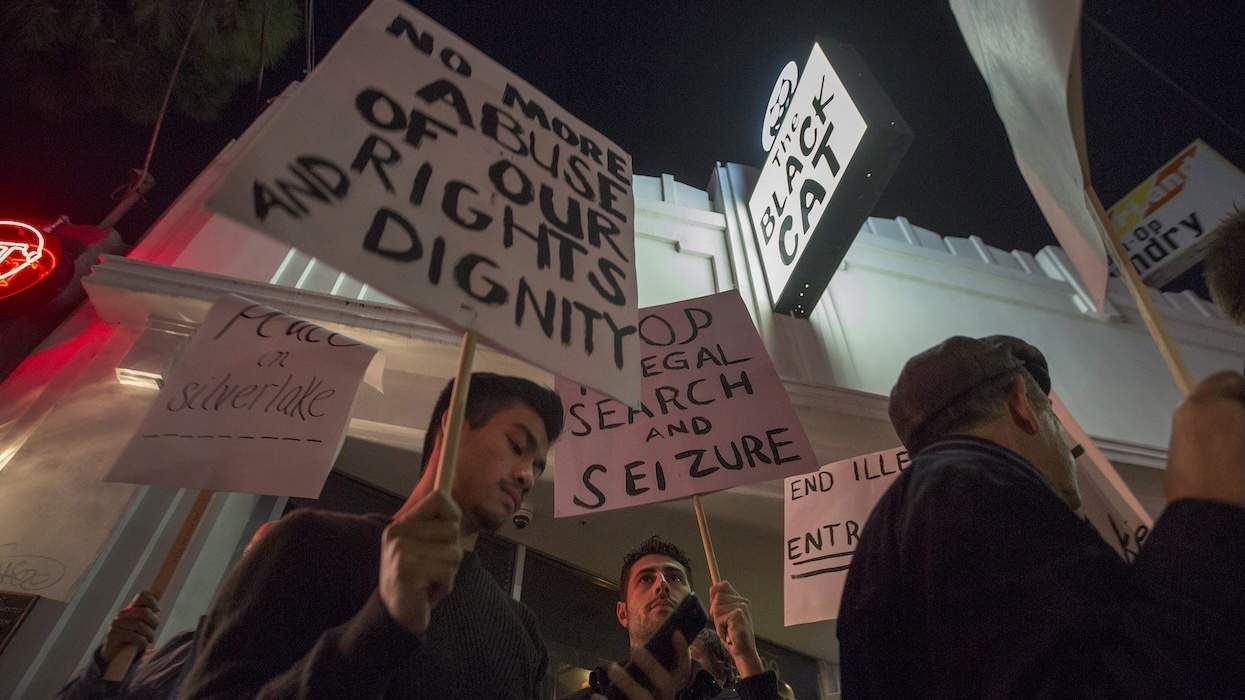


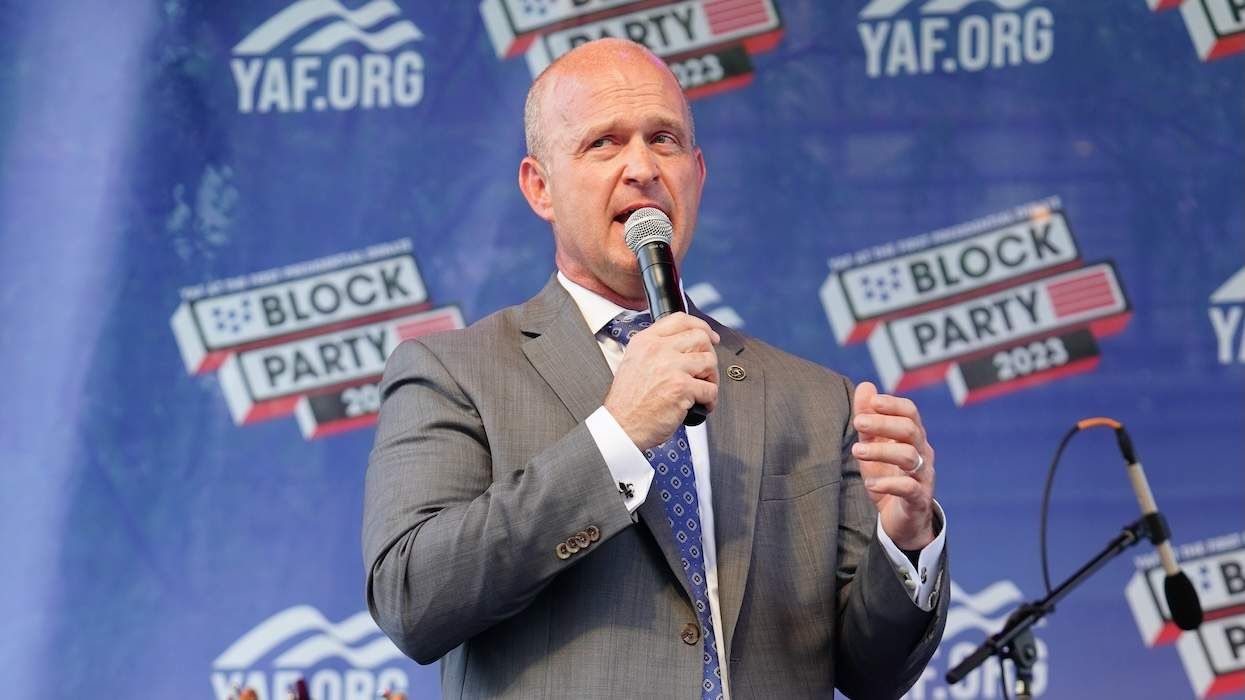



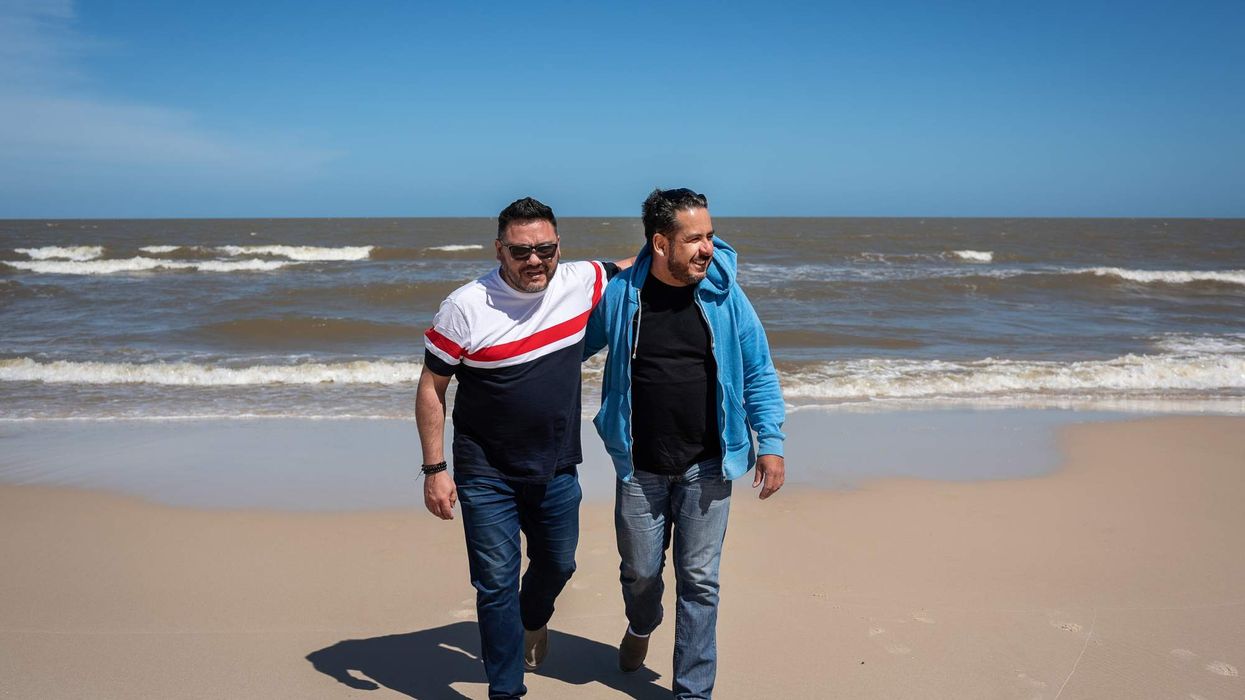














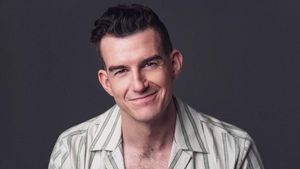



























Charlie Kirk DID say stoning gay people was the 'perfect law' — and these other heinous quotes